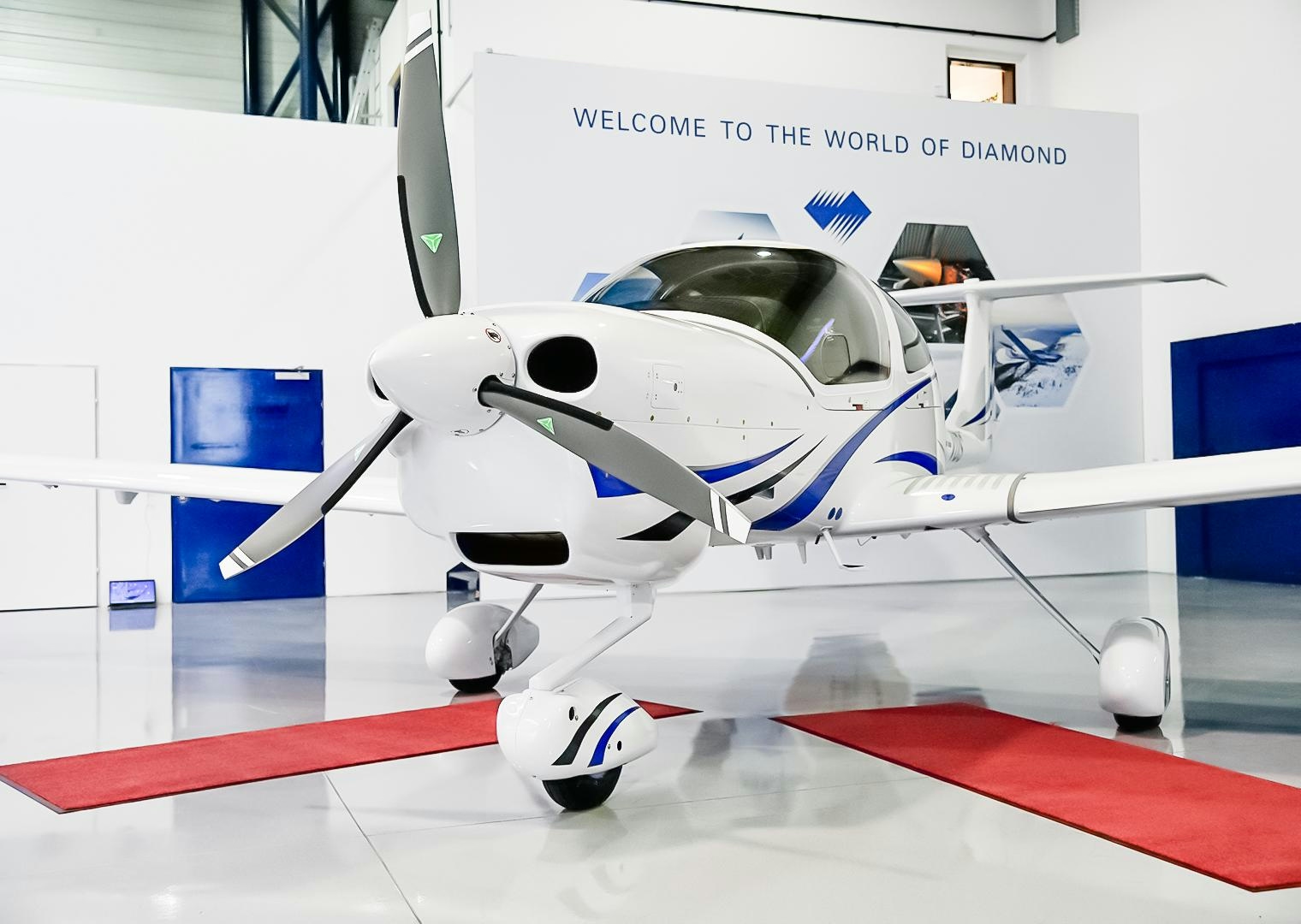
AeroGenie — Seu copiloto inteligente.
Tendências
Categories
AI Identifies the Best Aircraft of All Time
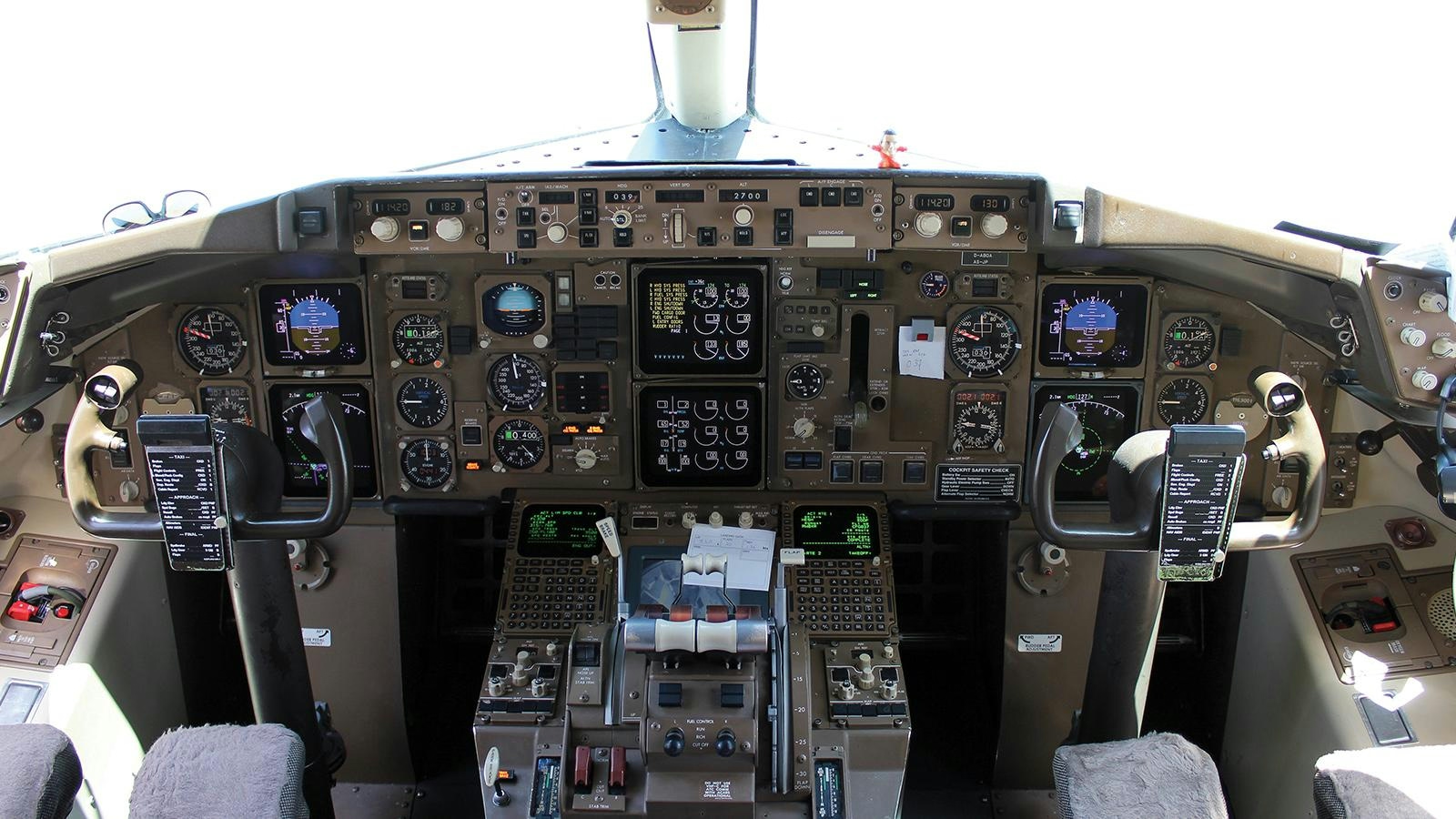
AI Identifies the Douglas DC-3 as the Greatest Aircraft of All Time
When tasked with naming the best aircraft ever built, ChatGPT, a sophisticated artificial intelligence model, provided a detailed evaluation across multiple categories. For jet-powered commercial airliners, the AI selected the Boeing 747, highlighting its revolutionary impact on global air travel. In military aviation, the Supermarine Spitfire was recognized for its critical role during World War II and its lasting legacy. Yet, when considering a combination of technological innovation, historical significance, and cultural influence, ChatGPT ultimately designated the Douglas DC-3 as the greatest aircraft of all time.
Criteria and Controversy Surrounding AI Rankings
The AI’s assessment was based on a comprehensive methodology that included engineering breakthroughs, operational longevity, and the broader influence of each aircraft on industry and society. This multifaceted approach, while thorough, has ignited debate within the aviation community and beyond. Experts and market analysts have expressed reservations about the accuracy and reliability of AI-driven rankings, cautioning that such evaluations may oversimplify the complex history and nuances of aviation development.
Concerns have also been raised about the potential reputational impact on airlines and manufacturers whose aircraft receive less favorable assessments. Negative AI-generated rankings could influence customer perceptions and even affect stock valuations for major industry players, underscoring the growing influence of artificial intelligence in shaping public and market opinion.
Industry Response and the Future of AI in Aviation
In light of these AI-generated evaluations, some competitors are reportedly increasing investments in artificial intelligence technologies to improve aircraft design and safety features. These strategic initiatives aim to mitigate unfavorable comparisons and enhance their positioning in future AI-driven analyses.
As artificial intelligence continues to permeate public discourse and industry strategy, the aviation sector remains attentive to its evolving role. The debate over what constitutes the “best” aircraft is increasingly shaped by AI, introducing new dimensions to a longstanding conversation within the field.
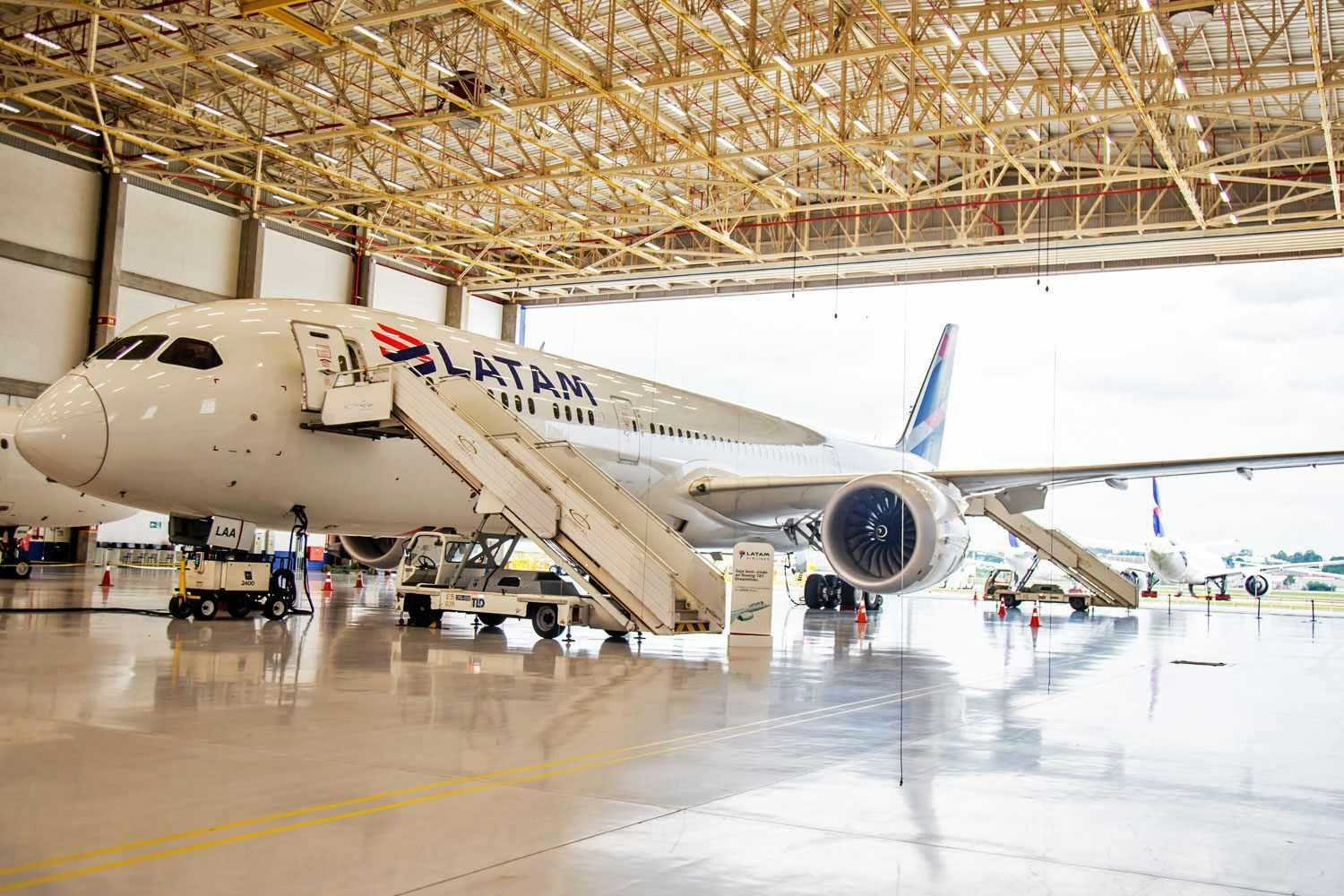
LATAM Receives First Boeing 787-9 Equipped with GEnx Engines

Dassault Aviation Reports Aircraft Deliveries, Orders, Backlog, and Sales Outlook
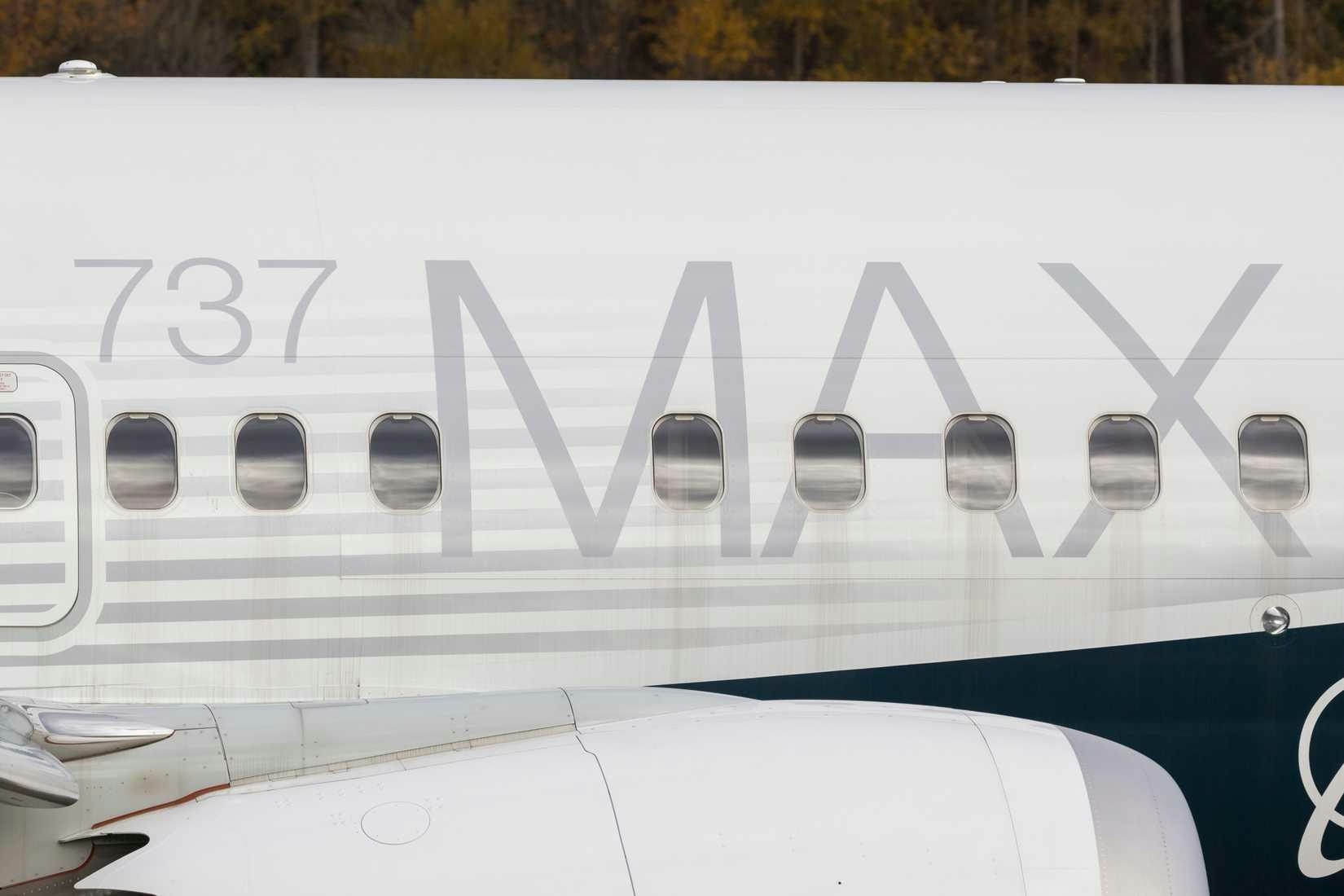
Alaska Airlines Orders 140 Boeing 737-10 and 5 Boeing 787-10 Jets
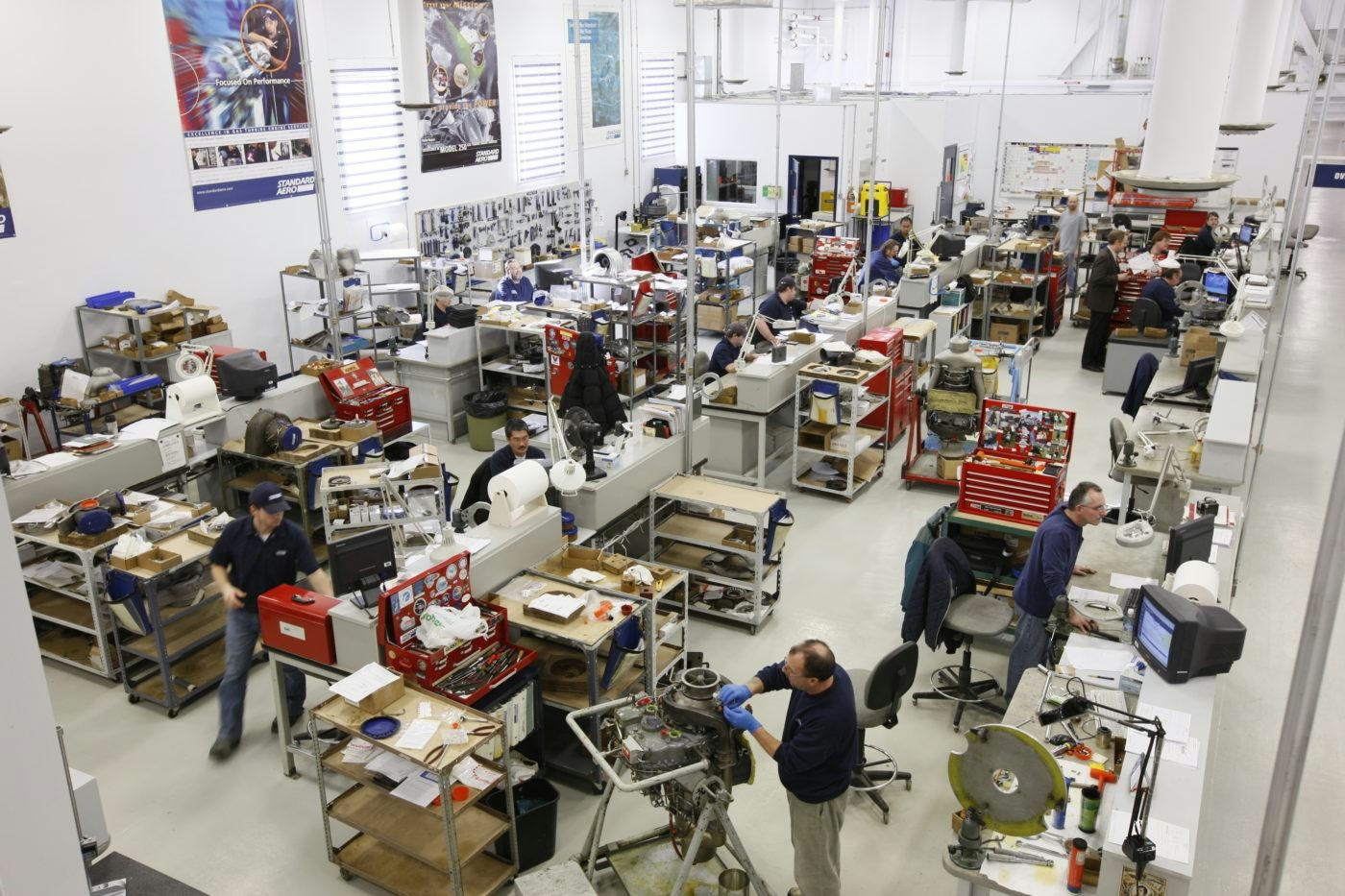
Dine Appointed Vice President of Sales at StandardAero

Porter Airlines Partners with BeauTech to Upgrade North America’s Fleet
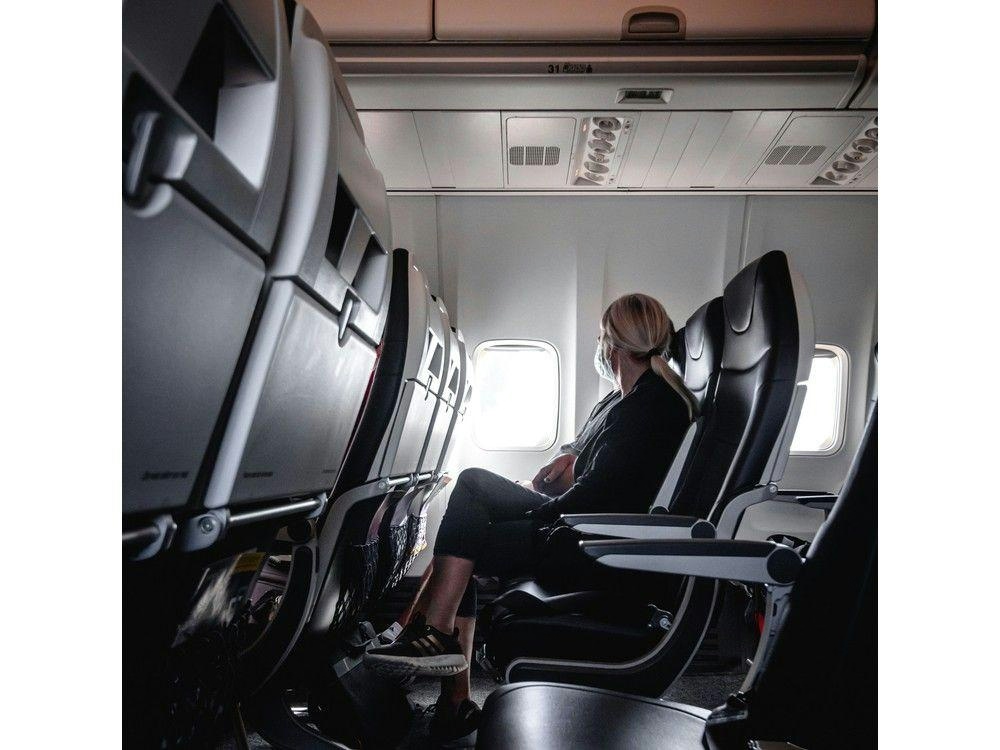
Pam Frampton on Airlines, Artificial Intelligence, and Fair Competition
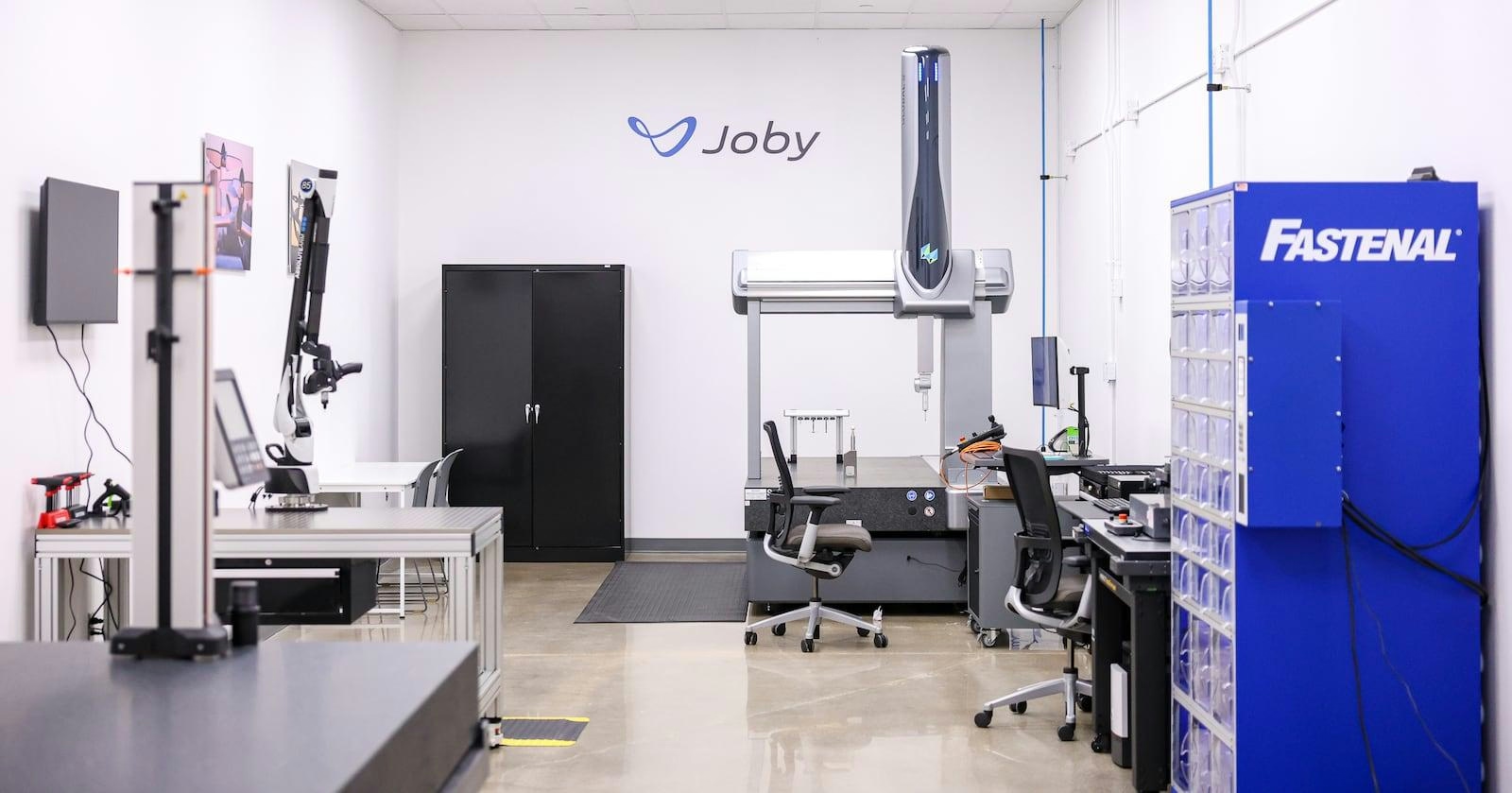
Joby to Expand Manufacturing with Second Ohio Facility Acquisition
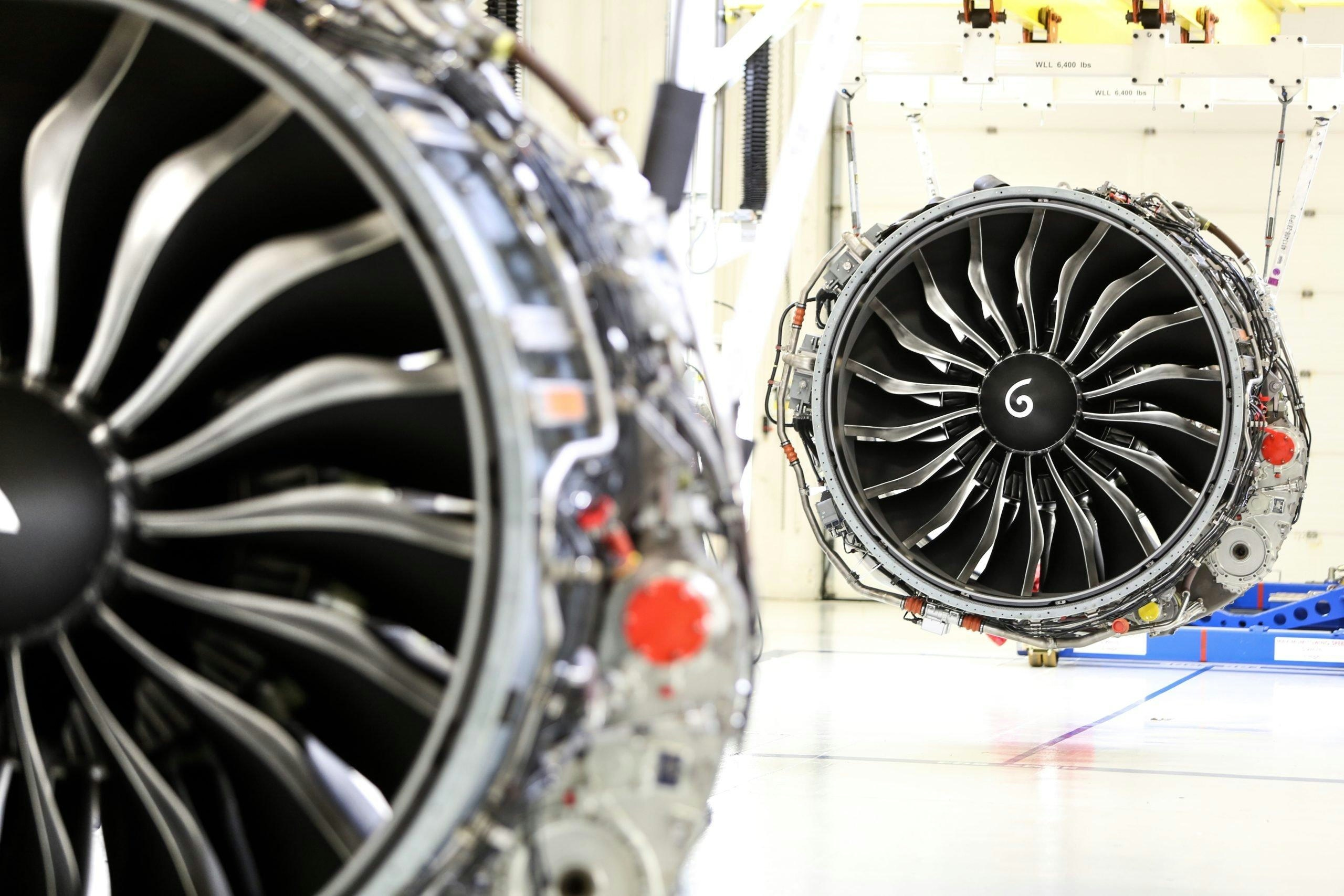
RESIDCO Raises $100 Million to Expand Engine Acquisitions
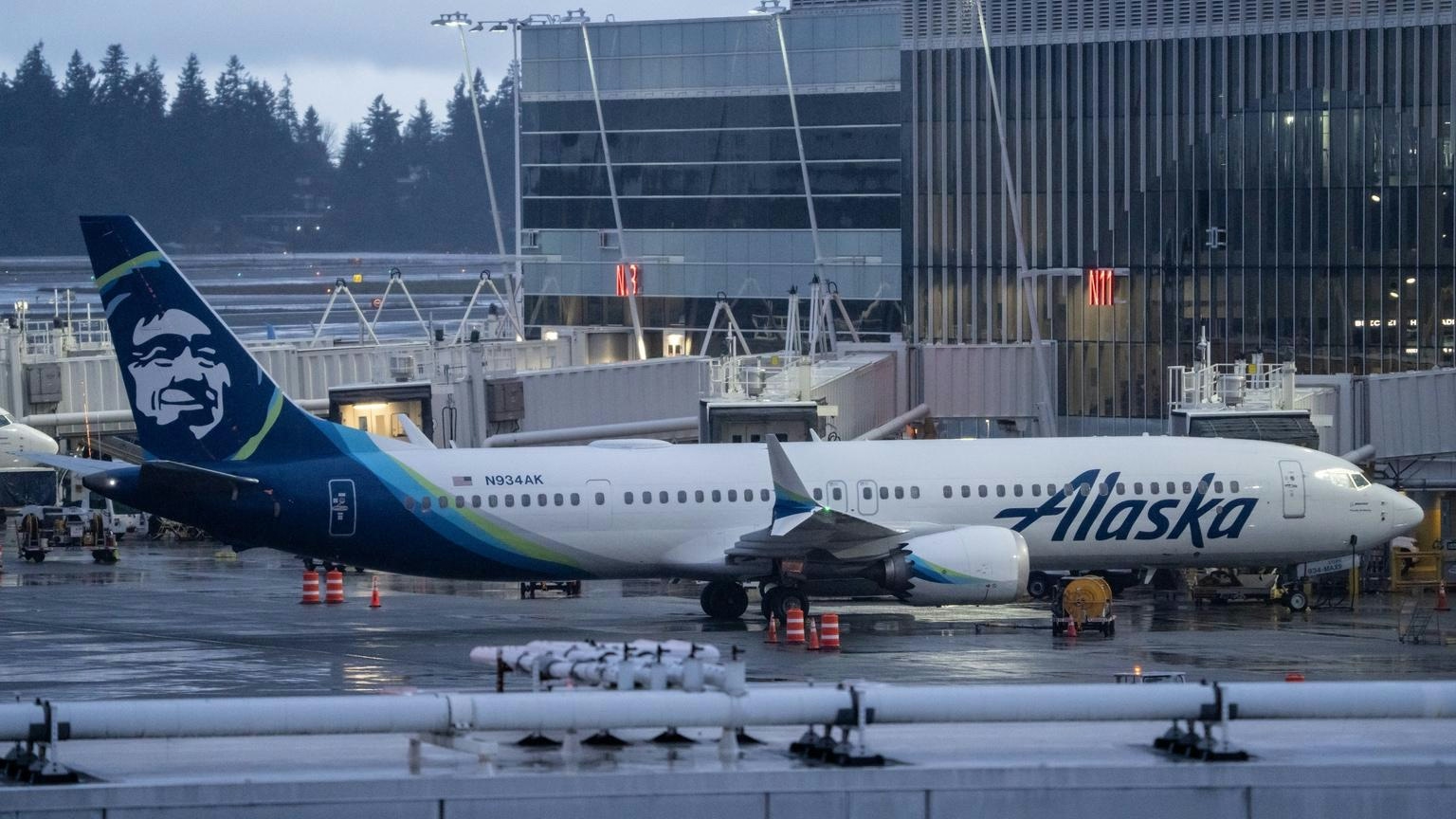
Alaska Airlines’ Plan to Transform Ramp Operations with Advanced AI and Automation
